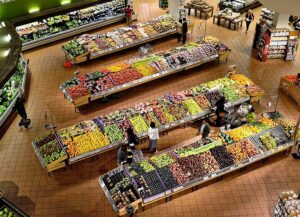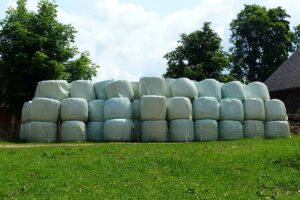Joaquín Ventura García & Fernando Diaz
After nutrition, labor is the second item in the production costs of a dairy operation. Therefore, it is very important to optimize the work force of a dairy farm in order to improve profitability. Furthermore, milking consumes most of the time in the workers schedule. For this reason, some dairies follow a once-a-day milking strategy in order to improve their employees working conditions, reduce labor cost, expand the pool of available labor or better use their labor resource.
For example, if workers only milk cows once a day instead two or three, they can spend more time in other activities such as pasture management, cow health, heat detection, etc. However, milking once-a-day reduces milk production and may raise somatic cells count, so it is essential to reduce costs in order to maintain farm profitability.
A paper published in Animal Production Science compares milk production and profitability of New Zealand dairies using once- versus twice-a-day milking system. The study included data collected between 2007 and 2016 from the Dairy Industry Good Animal Database, which includes between 7,000 and 9,000 herds every year.
- Overall, milk production of herds using the once-a-day system was 10,691 kg (11%) milk solid (fat kg + protein kg)/herd lower in comparison with twice-a-day herds the year they began to milk once-a-day. The third year they continued milking once a day; however, their production was 25,800 kg MS/herd (22%) lower than herds milking twice.
- As expected, herds with a higher production per cow before to adopt the once-a-day system experienced a larger decrease the year they adopted this management practice.
- On the other hand, an increment in milk solid concentrations occurred in once-a-day herds. The most important increase occurred the year they adopt this milking system, from 9.0% to 9.3% of milk solid, but small increases continued until the fifth year of milking once time (up to 9.5%). Similarly, average somatic cells count increased in once-a-day herds by 20.000 cells/mL.
- In addition, milking regimen affected cow reproduction and health. The calving spread, proportion of cows that calved within 3 and 6 weeks of the planned start of calving, was shorter in herds milking one time. Once-a-day herds showed higher 3 and 6 week in-calf rates than twice-a-day herds (64% vs. 59%, and 87% vs. 82%, respectively).
- While fewer cows were culled from once-a-day herds because of not being pregnant (4-6% vs. 6-8% in twice-a-day herds), more were culled due to low production (2-3% vs. 1-2%) and udder health/mastitis problems (2-4% vs. 1-2%).
- Interestingly, herds milking once tended to use more Jersey semen in artificial insemination, probably for producing more milk solids. Thus, after four years, once-a-day herds were milking more crossbreed Holstein-Friesian x Jersey cows and fewer pure Holstein-Friesian cows.
In conclusion, milk production decreased significantly by reducing milking frequency from 2 to 1 milkings. In order to maintain an equivalent level of profitability, once-a-day farms must reduce production costs by the proportional decrease in milk income.
Reference
Edwards, J, P. 2019. Comparison of milk production and herd characteristics in New Zealand herds milked once or twice a day. Animal Production Science. 59: 570–580.
© 2019 Dairy Knowledge Center, LLC. All Rights Reserved.











